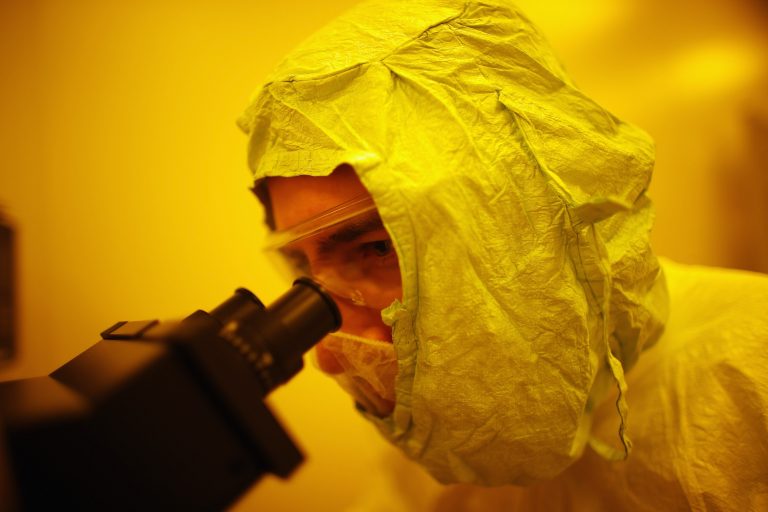Biologists at Tufts University and computer scientists from the University of Vermont have announced the development of the world’s first, self-replicating living robots.
Dubbed Xenobots 3.0, the robots — machine-animal hybrids that are approximately one millimeter in size — were developed using cells derived from an African frog (Xenopus laevis) embryo and artificial intelligence.
The computer-designed organisms gather single cells together in its “mouth” and release its “young” that look and move like its parents and are able to replicate over multiple generations. Scientists say that no animal or plant known to science replicates in this way.
Xenobots are not a traditional robot nor are they a known species of animal but rather a new class of artefact, a living programmable organism consisting of approximately 5,000 cells.
The first iteration of Xenobots were reported in 2020 as being the first living robots. Xenobots 2.0 added the ability to self-propel using hair-like “legs” called cilia to move and had the ability to keep memories. It wasn’t until this most recent iteration that they gained the ability to self-replicate.
Success
You are now signed up for our newsletter
Success
Check your email to complete sign up
The robot organisms can also move independently and have the ability to self-heal any damage they suffer. They also have the abilities to push or carry objects, navigate around particles in their surroundings and communicate with one another while moving together as a swarm.
Joshua Bongard, a computer scientist and robotics expert at the University of Vermont told the Dailymail that, “We found Xenobots that walk. We found Xenobots that swim. And now, in this study, we’ve found Xenobots that kinematically replicate.”
A new era in regenerative medicine
The development of self-replicating living bio-robots could bring about a new era of drug treatment for traumatic injury, birth defects, cancer, ageing and more.
Micael Levin, one of the researchers from Tufts University said, “If we knew how to tell collections of cells to do what we wanted them to do, ultimately, that’s regenerative medicine – that’s the solution to traumatic injury, birth defects, cancer, and aging.”
Traditional robots were developed to complete tasks too dangerous for humans or tasks that are repetitive and programmable. These robots, thanks to their tiny size, enable them to enter the body to perform operations that may not be possible for humans.
They are also constructed entirely of biological material allowing them to degrade in the body after they have completed its assigned task.
Immediate potential uses identified for the bio-robots include scraping off harmful arterial deposits or genetically changing cancer cells back to normal cells as well as delivering medicine to specific parts of the body.
Scientists are exploring ways to utilize Xenobots outside the body as well. They have the potential to clean up radioactive waste or to clean oil spills and microplastics in the environment. Since Xenobots are biodegradable they will not pollute the environment.
The robots could also be utilized to gain a better understanding of biology and the evolution of multicellular organisms.
Gray goo
The news of the development of self-replicating swarms of biological robots lit up Twitter with many commenting that this development could produce the dreaded “gray goo” scenario.
The gray goo scenario is a hypothetical global catastrophe involving molecular nanotechnology where out-of-control self-replicating machines consume all biomass on earth in an effort to continue to reproduce. The scenario has also been called “ecophagy” literally meaning, “eating the environment.”
The idea was originally the brainchild of John von Neumann, a Hungarian-American mathematician, physicist, computer scientist, engineer and polymath leading some to refer to the machines that make up the theoretical gray goo as “Neumann machines.”
The term “gray goo” was first coined by nanotechnology pioneer K. Eric Drexler in his book Engines of Creation published in 1986.
The concept alarmed Prince Charles at the turn of the millennium. At that time he called upon the British Royal Society to investigate the “enormous environmental and social risks” of nanotechnology. The Royal Society produced a report that concluded that the possibility of self-replicating machines posing an existential threat to humanity was too far into the future to be of any real concern for regulators.
The gray goo scenario, while extremely improbable, is a useful construct for considering low-probability, and high-impact outcomes for emerging technologies. Scientists conclude that it is a useful tool when considering the ethics concerning technological advancement.
















